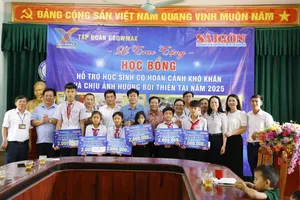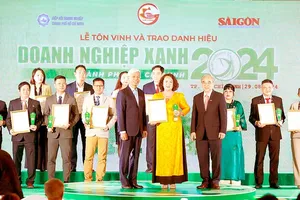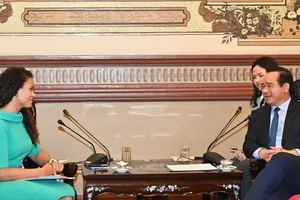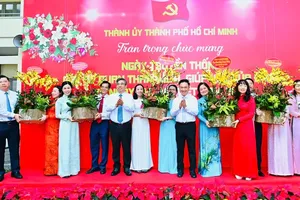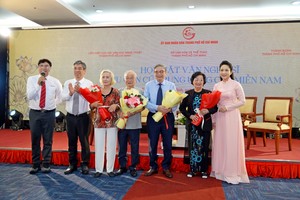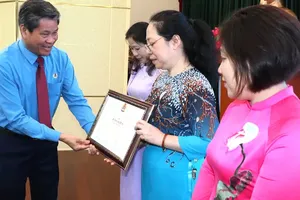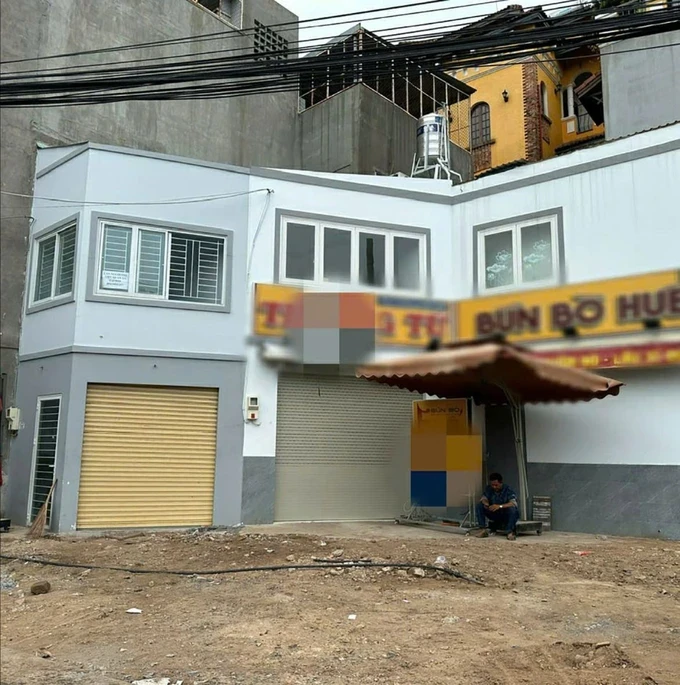
A survey of such streets as Dien Bien Phu, Bui Dinh Tuy, and Nguyen Xi in Binh Thanh District; Vo Van Kiet Street in Districts 5 and 6; Cach mang Thang Tam Street spanning Tan Binh District and District 3; and Duong Quang Ham Street in Go Vap District reveals a significant number of slender and contorted housing structures. Specifically, the expansion on Duong Quang Ham Street in Go Vap District prompted residents along both sides to rebuild after relinquishing portions of their land.
Along Duong Quang Ham Street, the impact of infrastructure projects on housing is stark. The once spacious 60+ sqm home of N.X.C. now occupies a minuscule one square meter, yet his family rebuilt to sustain their business. Nearby, the absurdity continues with C.T. renting a mere five square meters for a convenience store at a hefty VND20 million (US$766) monthly. Further within an alley, X.B.’s property shrank to just two square meters after a canal upgrade, resulting in an unconventional triangular two-story structure.
These individual stories underscore the significant reduction in living space and the resourceful, if peculiar, ways residents adapt to these drastically altered circumstances to preserve their homes and livelihoods in the evolving urban landscape.
Head Nguyen Van Hung of the Compensation and Land Clearance Board of Go Vap District acknowledged that the Duong Quang Ham road expansion and Xuyen Tam canal upgrade projects had resulted in several properties with exceptionally small remaining areas.
He specified that seven houses now occupy less than two square meters. Furthermore, eighteen properties with less than fifteen square meters were rebuilt by their owners within the existing confines for continued use.
Along the arterial Cang Mang Thang Tam Street traversing Tan Binh District, District 3, and District 10, the implementation of Metro Line No. 2 (Ben Thanh - Tham Luong) has similarly left numerous properties with minimal remaining land. Despite this, the majority of homeowners indicate their intention to repair or rebuild, whether for habitation or rental, regardless of the resulting awkward shapes.
Vice Chairman Nguyen Viet Hung of the People’s Committee of Ward 4 in Tan Binh District, significantly impacted by the Metro Line No. 2 project with numerous properties undergoing partial clearance, attributed residents’ reluctance to relocate, even with minuscule remaining land, to the unappealing resettlement policies and the insufficient compensation offered for land outside the project’s designated boundaries.
Reinforcing this point, Head Nguyen Van Hung stated that during the land clearance process, for properties with minimal remaining land, the authorities actively encouraged residents to agree to full clearance for the sake of urban renewal. Those who consented to full clearance were eligible for resettlement.
Alternatively, those declining resettlement were offered 5 percent of the compensated land value as support. The compensation rate for land outside the project’s boundary mirrored the rate within. However, achieving a definitive resolution remains elusive.
To tackle HCMC’s ultra-thin and skewed houses, the city issued Decision 56/2021/QĐ-UBND concerning Architectural Management Regulations in 2021, according to Director Nguyen Duy Hung of the HCMC Architecture Research Center.
This encouraged merging small land parcels and consolidating minor architectural projects for a more unified urban aesthetic. Additionally, individual constructions were mandated to follow planning rules, setbacks, and density. Director Hung also noted that updated, more detailed architectural regulations are currently being developed, building on the existing framework to further address these urban planning challenges.
From an architectural standpoint, Architect Ngo Viet Nam Son voiced that the emergence of these ultra-thin, distorted houses stemmed from a historical lack of coordination between the municipal Department of Transport (now the Department of Transport and Public Works) and the Department of Construction.
He argued that a fundamental solution lies in providing adequate market-value compensation for land clearance (excluding historically significant structures), thereby decisively resolving the issue and paving the way for a more harmonious urban landscape.
Hanoi’s approach to eradicate ultra-thin houses
In a move to eliminate ultra-thin properties, the Hanoi People’s Committee issued Decision 61/2024/QD-UBND, stipulating that residential houses and land plots with at least one side bordering a traffic route, a remaining land area outside the red-line boundary of less than 15 square meters, and a frontage or depth less than 3 meters from the construction boundary will be deemed ineligible for continued existence.
Consequently, land users are required to negotiate land transfer agreements to consolidate plots. In cases where consolidation proves unfeasible, the district-level People’s Committee will reclaim the land, providing compensation, support, and managing the acquired area. This approach signifies that “ultra-thin” houses will be addressed, with the undersized land parcels being reclaimed for public purposes.

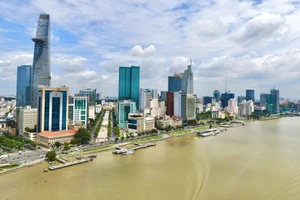
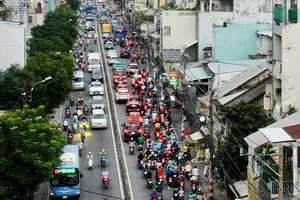




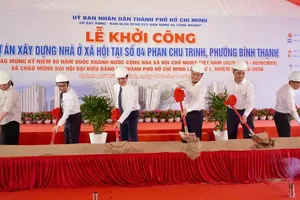
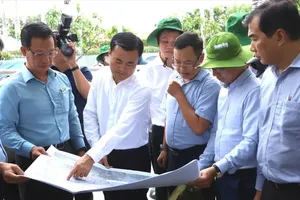
)
